How Long Can a Forest Fire Last? Typical Duration and Influencing Factors
How long can a forest fire last? The answer depends on factors like weather, fuel availability, and firefighting efforts. Some forest fires burn for just a few hours, while others can smolder for weeks or even months, causing widespread damage to ecosystems and communities. Understanding the duration of forest fires is key to improving prevention and response strategies.
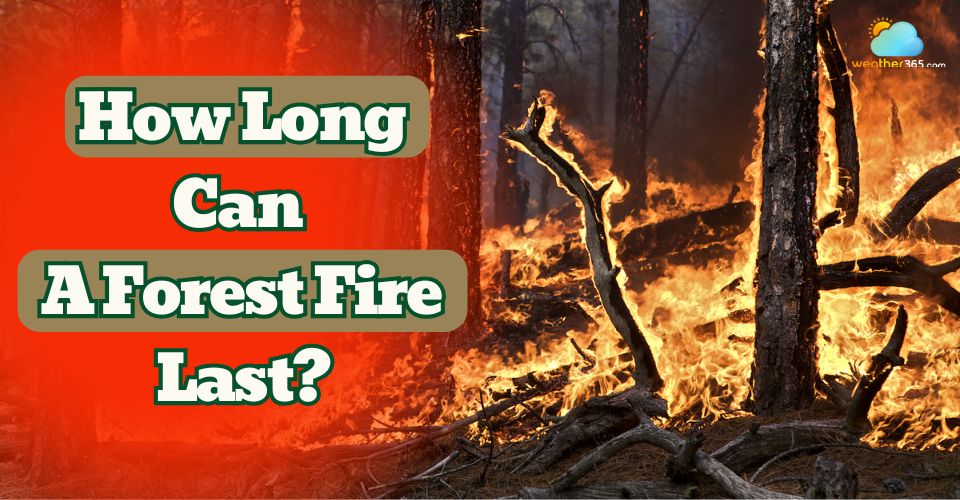
Factors contributing to a fire duration
How long can a forest fire last?
The length of time a forest fire can burn depends on many factors.
While some fires are extinguished quickly, others can persist for months and have lasting environmental impacts.
Typical Forest Fire Durations:
-
Small grass or brush fires: A few hours to 1–2 days.
-
Moderate forest fires: Several days to 2–3 weeks.
-
Large-scale wildfires: Weeks to months, with some lasting up to 3–6 months.
-
Smoldering underground fires (peat/duff): Can burn for months, survive winter, and reignite later.
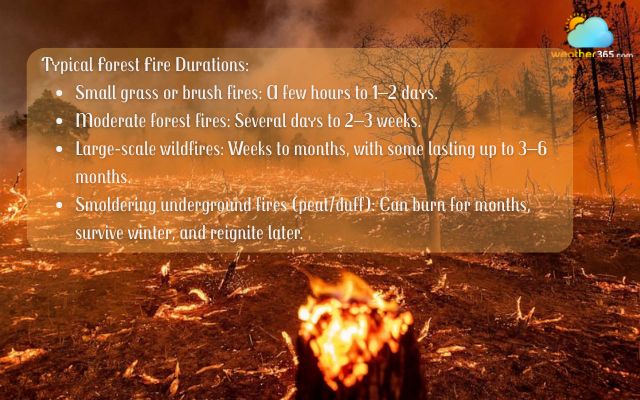
Duration of forest fires
Historical data show that wildfires are lasting significantly longer than in the past.
In the U.S., wildfires before 1986 averaged about 8 days in duration, but by 2013, the average had increased to 37 days.
The fire season itself has also extended from roughly four months to six or eight months in some regions, straining firefighting resources.
Besides, there are some notable long wildfires around the world, such as:
-
2020 California Creek Fire: Burned for nearly four months.
-
2019–2020 Australia’s Black Summer Fires: Lasted over 240 days in certain regions.
-
2014 Great Slave Lake Fire (Canada): Burned for 5 months from May to September.
Which factors influence fire duration?
The length of time a wildfire burns is shaped by a combination of environmental, geographic, and weather-related factors.
Experts emphasize there is no fixed number for how long fires typically last, as conditions vary greatly.
Key Factors Affecting Fire Duration:
-
Fuel Type and Availability
👉 Dense, dry vegetation, especially in areas like Southern California, provides continuous fuel, allowing fires to burn longer.
👉 Wind, particularly the Santa Ana winds, can further dry out already parched vegetation, accelerating fire spread.
👉 Certain plants, such as eucalyptus or coniferous trees, contain oils and resins that burn intensely, making fires harder to extinguish.
👉 Fallen leaves, branches, and dead trees act as tinder, keeping fires smoldering even after major flames pass.
-
Weather Conditions
👉 Wind Speed and Direction – Strong, persistent winds (like the Santa Ana winds in Southern California) can fan flames, push embers over barriers, and carry fires over long distances.
👉 Humidity Levels – Low humidity accelerates the drying of fuels, allowing fires to ignite and spread more easily.
👉 Temperature – High air temperatures increase evaporation and fuel dryness, intensifying fire behavior.
👉 Rainfall or Precipitation Events – Sudden rain can slow or extinguish fires, while the absence of rain for extended periods prolongs fire activity.
Strong winds can spread fires over long distances
-
Topography and Location
👉 Elevation and Slope: Fires spread faster uphill as flames preheat vegetation above them, making steep slopes particularly vulnerable.
👉 Geographic Isolation: Remote or mountainous locations hinder firefighting access, allowing fires to burn longer.
👉 Natural Barriers: Rivers, rocky areas, and barren land can slow or stop fire spread, naturally limiting duration.
👉 Microclimates: Valleys, ridges, and shaded areas can influence wind flow, humidity, and temperature, altering how long a fire lasts in specific zones.
-
Fire Suppression Efforts
👉 Speed of Initial Attack: Many fires are controlled within a day or two if suppression teams arrive quickly and conditions are favorable.
👉 Resource Availability: A shortage of firefighting personnel, aircraft, or equipment can allow fires to burn unchecked for longer.
👉 Access Routes: Fires in inaccessible areas may burn for weeks before containment is possible.
👉 Tactical Decisions: In some cases, firefighters may allow a blaze to burn under controlled conditions if it poses no threat to human life or property, aiding in ecological restoration.
In some cases, controlled burns can benefit ecosystems by clearing dead vegetation and promoting new growth, as noted by the National Park Service.
Fire duration is highly dependent on fuel conditions, weather patterns, terrain, and firefighting strategies.
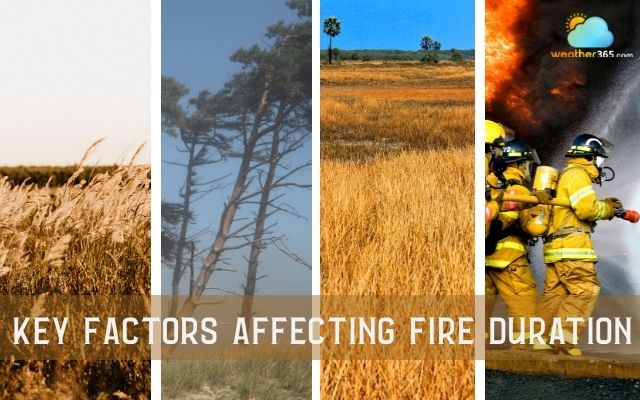
Key factors affecting fire duration
How fast do fires spread?
The speed at which a fire spreads depends on a combination of fuel, weather, and terrain. Under normal conditions, wildfires can move at an average rate of 14 mph (22 km/h) in grasslands and 4 mph (6 km/h) in forests.
In extreme situations, such as during strong wind events like California’s Santa Ana winds, fires can advance even faster, leaping across roads, rivers, and firebreaks through airborne embers.
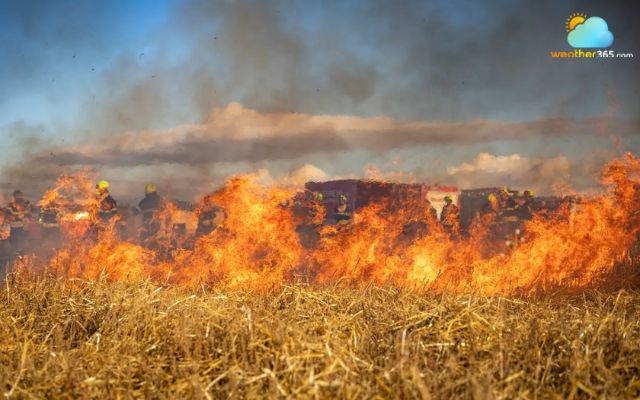
Wildfires can move at an average rate of 14 mph
Dry vegetation, low humidity, and high temperatures accelerate flame spread, while steep slopes allow fires to climb uphill rapidly.
Conversely, natural barriers, moist conditions, and effective firefighting efforts can slow their advance.
Understanding how quickly fires can spread is crucial for evacuation planning and wildfire safety.
|
Record-Breaking Wildfire Speeds
|
Conclusion
Understanding how long can a forest fire last is essential for effective wildfire management and preparedness. While many fires are contained within days, others can burn for weeks or even months. By recognizing these influences and taking preventive measures, communities can better mitigate risks and reduce the devastating impacts of prolonged wildfires.

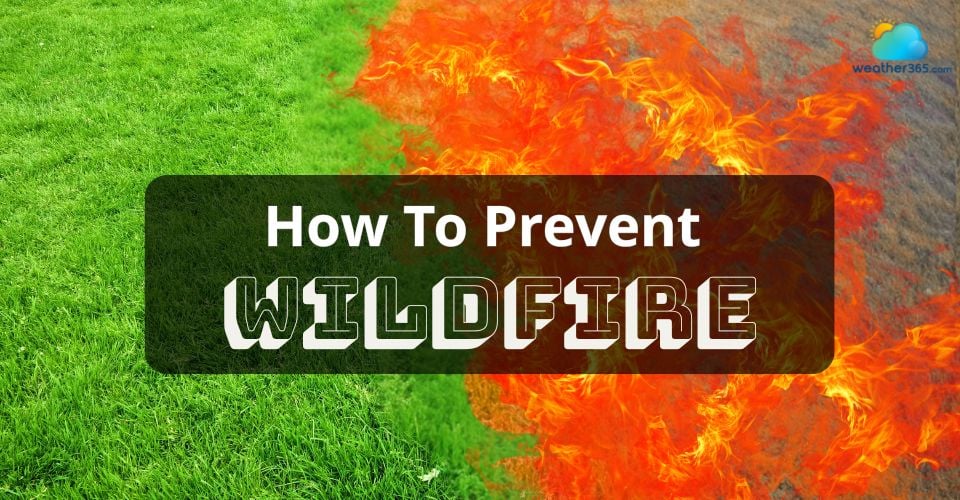
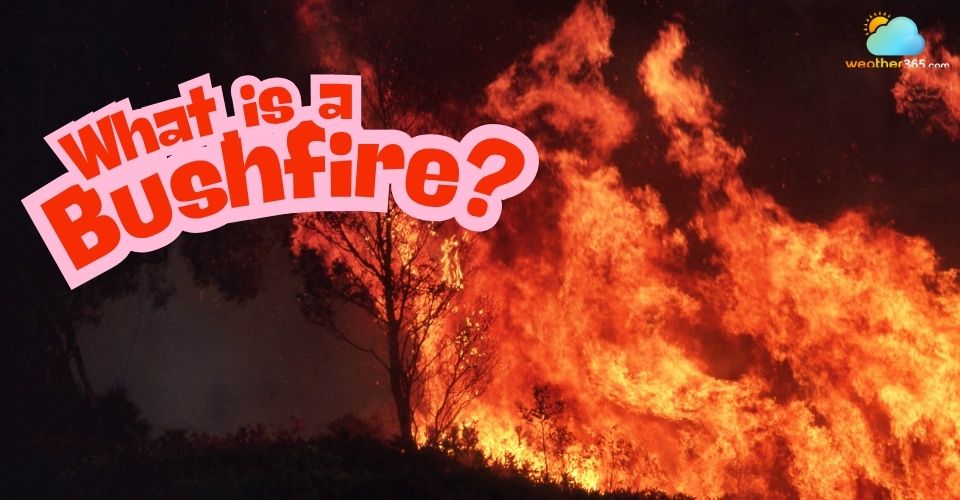
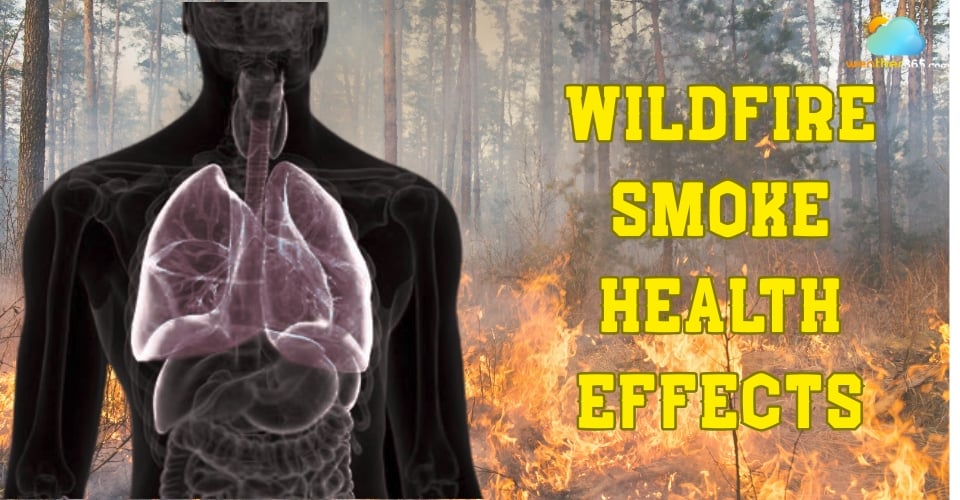
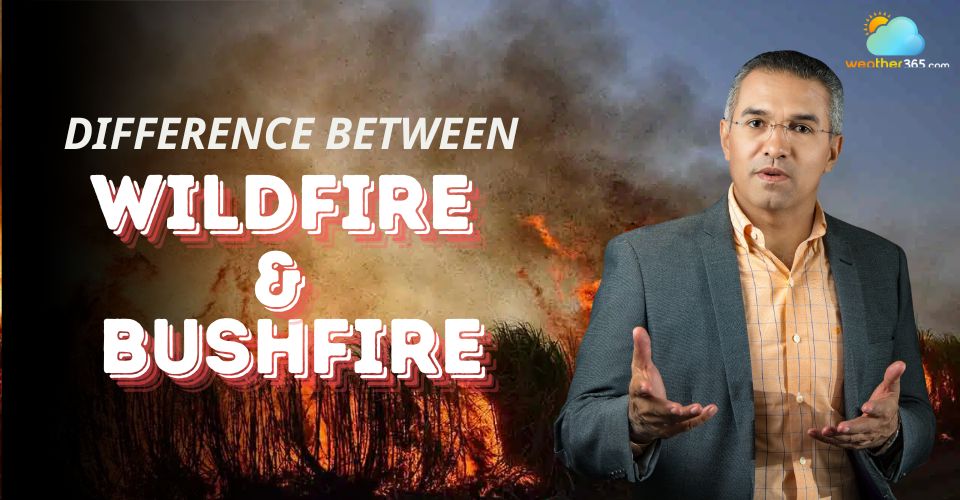
0 Comment
Leave a comment
Your email address will not be published. Required fields are marked *